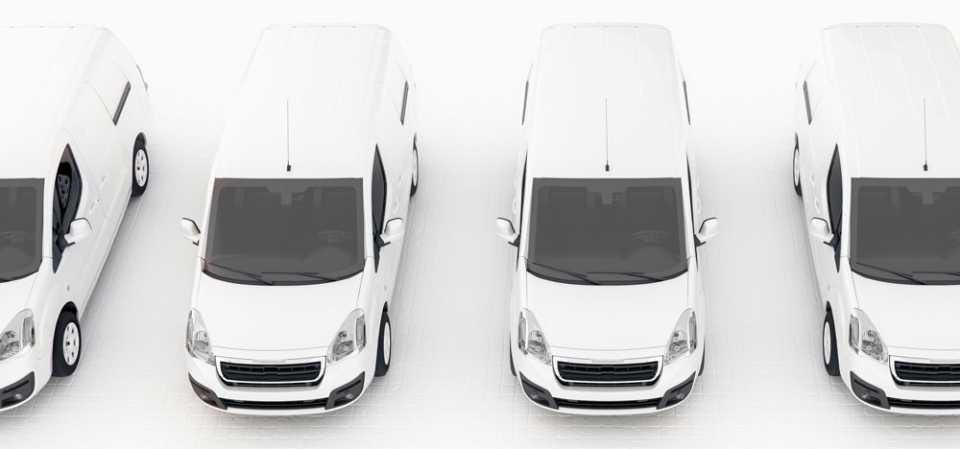Van leasing grows as business car milage drops post pandemic

The BVRLA’s latest Leasing Outlook report shows that vans are driving the growth of the BVRLA’s leasing fleet - the overall leasing fleet has grown 1.9% year on year, with vans up 7.7% over the same period.
The report also shows how long-term vehicle usage habits have changed due to the pandemic. The average mileage of a car on business contract hire over a typical three-year period is down to 49,680, significantly below the long-standing industry benchmark of 60,000. It is the opposite story for vans, which have seen average mileages rise due to the sustained demand for home deliveries and mobile services.
Growth was achieved in the face of the challenging market conditions and economic headwinds that beset the industry through 2022. Contributors to the report cited long vehicle delivery lead times, rising prices, and interest rate increases as the key factors that continue to shape the market.
Those challenges have not halted the sector’s move to zero emission vehicles, with 33% of new car additions in Q3 2022 being BEVs. Plug-in hybrids accounted for 14% of additions and diesel just 8%. The increase in zero emission vehicles is in part due to salary sacrifice, where 94% of new additions were plug ins. That proportion is expected to grow further due to the low Benefit in Kind rates announced in November 2022.
The continued move towards plug ins has seen the average emissions of the BVRLA’s leasing fleet fall to 83.3g/km, a 29% reduction since 2019.
Latest projections reported by the BVRLA anticipate vehicle supply returning to pre-pandemic levels in 2024, with members adapting their business models to respond in the meantime. Of note is the growth of second-life leasing as the long-term reliability of BEVs makes it a more compelling option for cost-conscious drivers.
BVRLA chief executive, Gerry Keaney, said: “Vehicle supply remains the number one issue. The lack of price protection from vehicle manufacturers is being compounded by delivery times extending. Leasing companies are often unable to give their customers accurate costs before tyres have hit tarmac.
“To see the leasing fleet grow against such a difficult backdrop shows how well the sector is adapting. Alternative business models are growing to fill the gaps left by reduced vehicle supply, while the relentless demand for vans shows how the sector has evolved to meet changing driver needs.”



